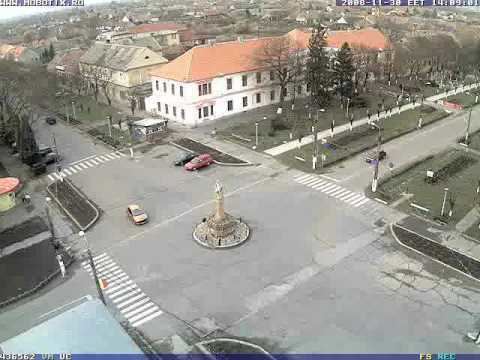Climate Cfb Local time Saturday 6:33 PM | County Timiș Time zone EET (UTC+2) Area 108 km² | |
 | ||
Weather 8°C, Wind NW at 16 km/h, 60% Humidity | ||
Name
In Banat Bulgarian, it is known as Džimbolj, in German as Hatzfeld, in Hungarian as Zsombolya, and in Serbian as Žombolj (Жомбољ).
History
The earliest record of a community in this location is a place identified as Chumbul in a papal tax record in 1333. This place came under Turkish (Ottoman) administration in 1552. As a result of the Treaty of Passarowitz this place came under Austrian rule in 1718. The surrounding region had become seriously depopulated during the period of Turkish rule.
Jimbolia was colonized in 1766 by German-speaking settlers (Danube Swabians) who named their new community Hatzfeld. After 1867 this community was also officially known as Zombolya.
The town came under Serbian military rule on Nov. 17, 1918. As a result of the Paris Peace Conference, the town came within the Kingdom of Serbs, Croats and Slovenes. As the result of an adjustment in the border between Romania and the Kingdom of Serbs, Croats and Slovenes, it became part of Romania with the name Jimbolia on April 9, 1924. At the same time, the village of Modoš was transferred from Romania to the Kingdom of Serbs, Croats and Slovenes.
The painter Stefan Jäger, known for his depiction of Danube Swabian life and history, lived in the town from 1910 until his death in 1962.
The notorious Hungarian political figure Dr. Franz Anton Basch was born here on July 1, 1901.
Demographics
Formerly, the town was populated mainly by ethnic Germans, but as result of emigration, the Romanians currently form the largest ethnic group.
